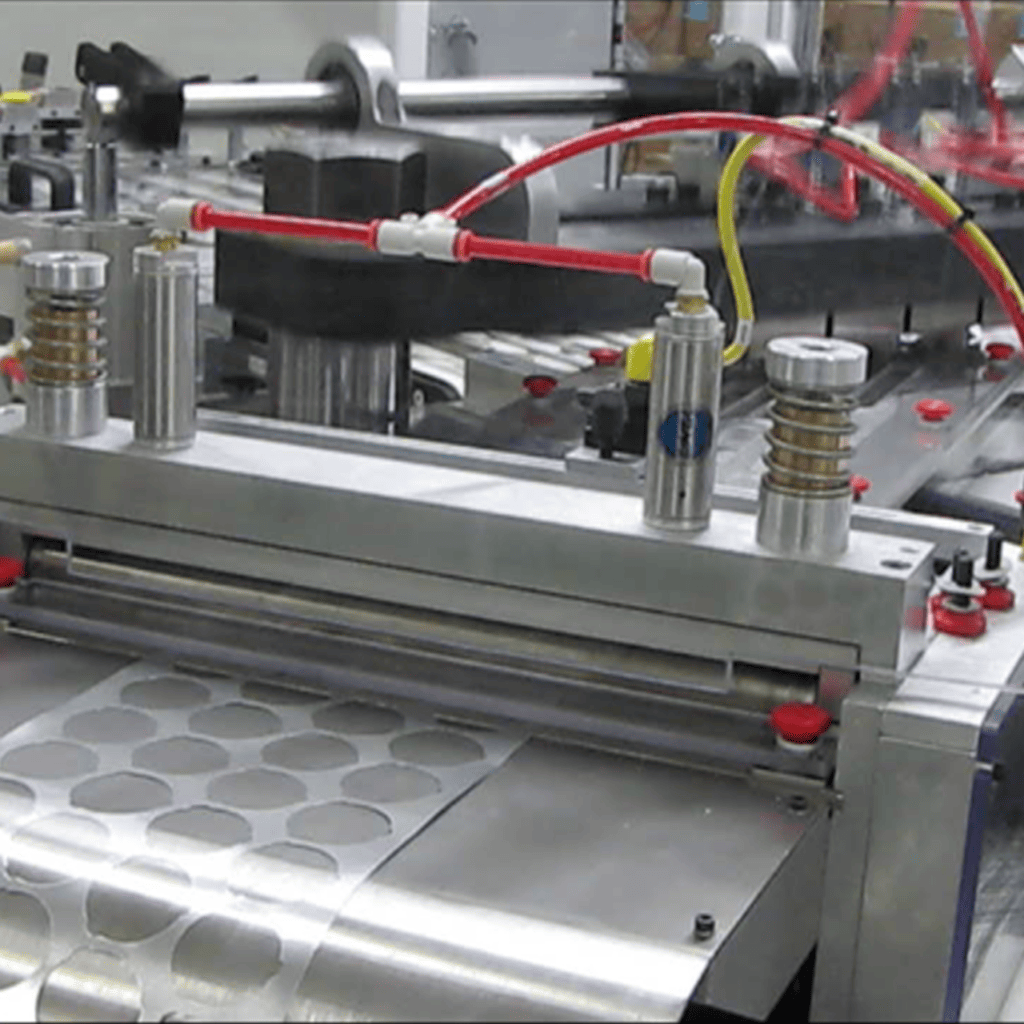Cap liners, one of the smallest and often most underappreciated elements of a bottled product, are actually one of the most crucial components in the bottle assembly. These pieces sit between the cap and the bottle, acting as a gasket to ensure proper sealing. Cap liners serve several essential functions including preventing leakage, improving product shelf life, and acting as tamper-proof seals for consumer safety.
Liners are available in a variety of materials. The choice of liner material depends mainly on its function (sealing, tamper-proofing, etc.) and the properties of the bottled product (pH, chemical composition, corrosivity, etc.). Some of the most common materials used in liner production include:
- Foamed polyethylene (F217) – corrosion, odor, and taste resistant, low moisture transmission rate
- Plastisol – vacuum packaging, tamper-proof
- Styrene foam (pressure sensitive PS22) – tamper-proof
- Polyethylene foam liners – resistance to alkalis, acids, alcohols, and oils
- Poly Vinyl – chemical resistant
- Polyseal (LDPE) – torque retentive, crack resistant
- Teflon (PTFE) – exceptionally chemical resistant
Cap Liner Manufacturing Processing
With such an important role in a bottle’s architecture, lined enclosures are usually the most costly element in bottle cap production. Manufacturers are therefore constantly seeking ways to improve the efficiency of the liner manufacturing process.
One of the main contributors to address is liner cost inefficiencies is material waste. Liners typically start as bulk material in the form of a “master roll.” These rolls are slit to narrower widths before a closure manufacturer uses a die to cut the liner material into the required shape and size for the cap or container.
This method of die cutting leaves significant material as waste; Estimates place the amount of waste generated by the liner cutting process at about 20% of the original roll.
How CapTech Automation Increases Material Efficiency
At CapTech Automation, we developed our own state-of-the-art machine to improve the efficiency of liner cutting and minimize waste during the die cutting and assembly process.
Our machine utilizes smaller sheet widths (7”, 11”, or 15”) than conventional die cutters (40”- 42”). This gives us greater control over the material management process and decreases the likelihood of ordering excess liner material.
We develop a custom cutting pattern unique to each application that maximizes the usable area of the liner sheets during the cutting process. Our dies can cut more cap liners per square inch than conventional machines, thus ensuring optimal material usage for any cap size.
Our machines maintain proper alignment of the punch and die set, to create the best cut disc quality and provide for long die life and minimize the need for sharpening.
This results in a more efficient lean manufacturing process that produces more caps per roll with shorter lead times and significantly less waste than comparable lining equipment.
To learn more about our material efficiency measures and how they can help save you time and money, contact our team today.


